Autumn greetings from IMC! Escape from this time of pitch-black darkness with our colorful and soothing music video.
Category Archives: 2021
New photoluminescence spectrometer – meet Skye
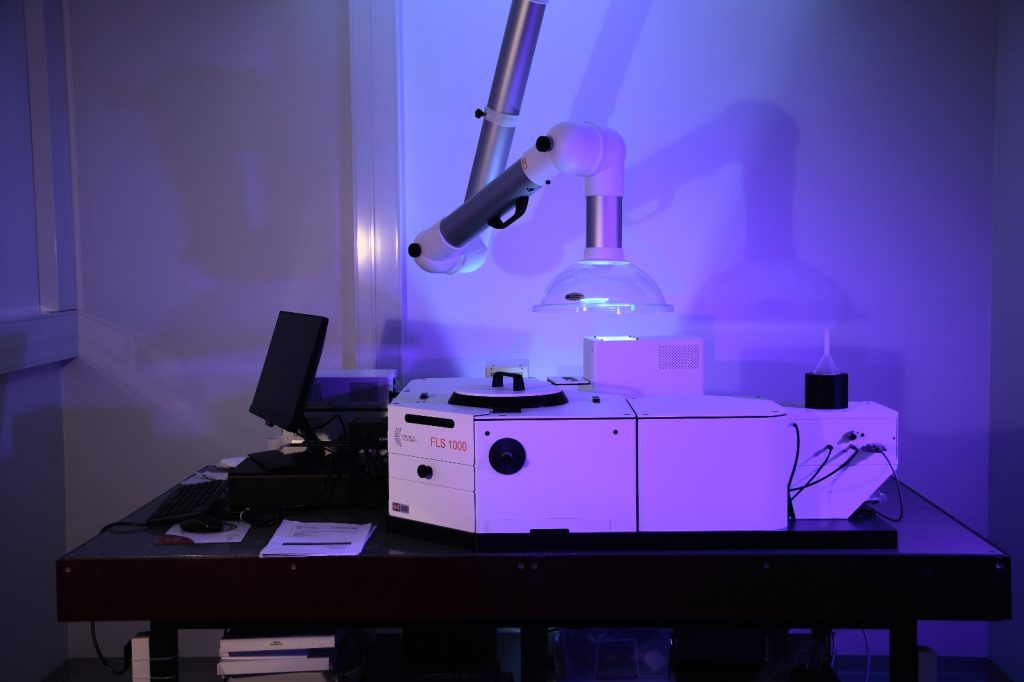
This is our newest instrument, the Edinburgh Instruments FLS 1000 photoluminescence spectrometer. We are very excited for this because it has a wide detection range deep into the infrared range, ability to measure fluorescence lifetimes, quantum yield, time-resolved emission and excitation scans and many other gorgeous features. Edinburgh Instruments’ product engineer Peter Linton was instructing us for three days about how to operate the machine. We also had to give it a traditional Scottish name: it became Skye (thanks to Peter for the name suggestion).
For this great instrument, we thank Prof. Kati Miettunen, Prof. Jarno Salonen, Dr. Taina Laiho, Dr. Heikki Palonen and the whole Finnish Research Infrastructure for Characterization and Aging of Surfaces and Materials for the Local Businesses and Environmental Economy (Casual Bee) team in Turku. See https://sites.utu.fi/casualbee/en/
Some additional photos:
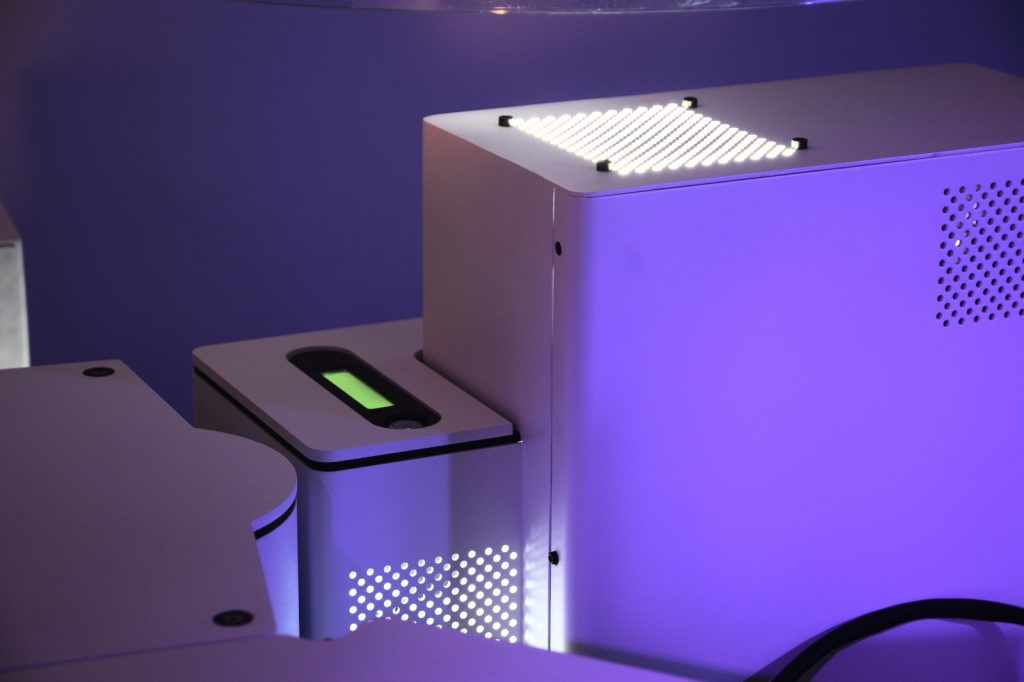
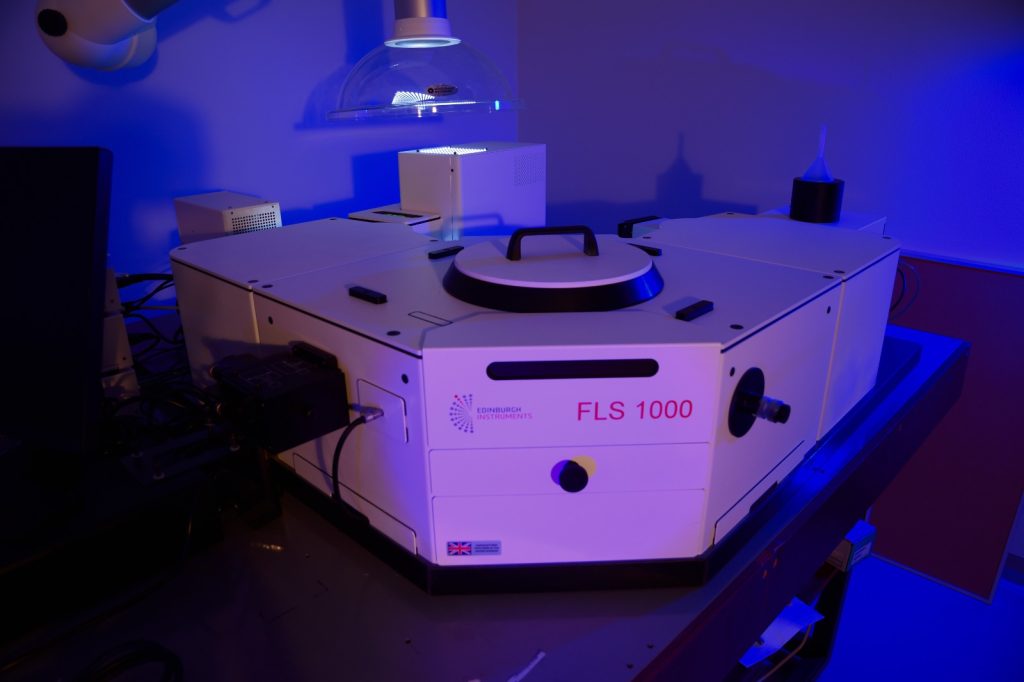
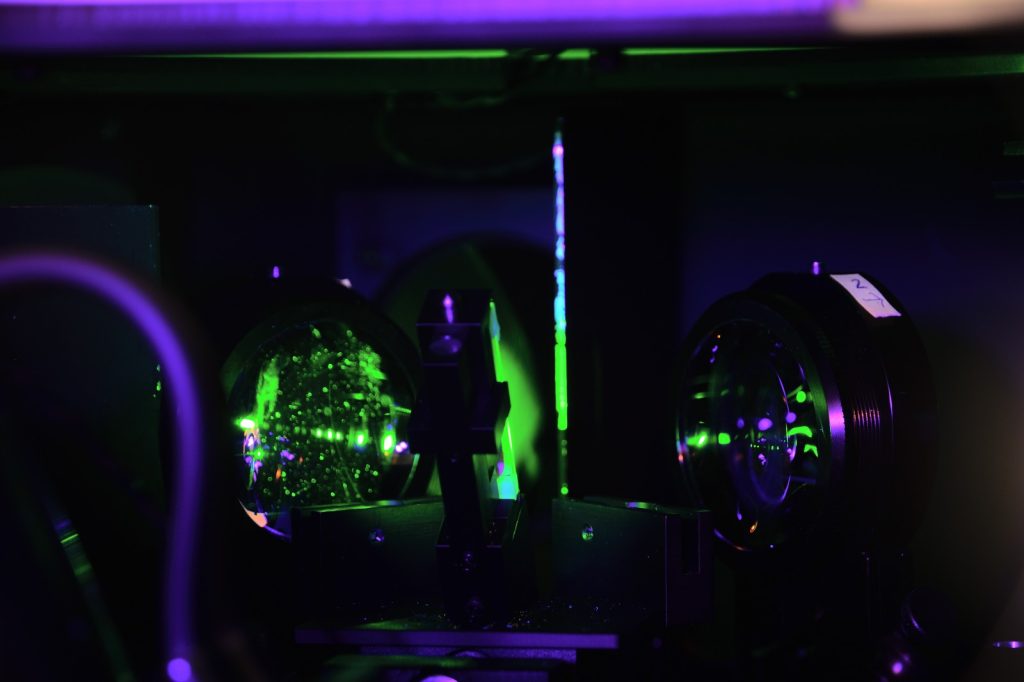
Zamaneh’s last day, Sami sees his teacher after 14 years
Every year we have one or two interns from Turku Vocational Institute (Turun ammatti-instituutti). Teacher Jouni Jantunen and doctoral candidates Sami and Hannah held a skills demonstration review for our intern Zamaneh Baradari who spent her last day here at IMC. The joy of reunion was immense because Jouni was Sami’s physical chemistry and chemistry calculations teacher in the vocational institute in 2004–2007, and they hadn’t seen each other after 2007 before this day.

Let’s meet next year again, Jouni!
IMC is now Intelligent
During the move to Aurum we reinvented ourselves by making something drastic: we changed our name! Inorganic is now history and Intelligent future. This is because our IMC council thought that our chemistry repertoire spans wider than just inorganic, and our common interest is making intelligent materals. We are henceforth Intelligent Materials Chemistry Group, but we still maintain that old, familiar IMC. Here you can watch our move-themed video.
Neon ray and gold dust videos:
▬▬▬▬▬▬▬▬▬▬▬▬▬▬
Free Motion Graphics
Videos used:
https://youtu.be/m1YUmZRfgqU
https://youtu.be/lRTtMcx6rSM
YouTube Channel:
https://youtube.com/MG1010
▬▬▬▬▬▬▬▬▬▬▬▬▬▬
Molten gold video:
MOODY RAW SCREENS
https://www.youtube.com/watch?v=htXe0ybca1U
Sami’s interview in a local newspaper Kunnallislehti
Kunnallislehti is a local newpaper in the region consisting of Paimio, Sauvo and Kaarina municipalities. Sami was interviewed as a chemist living in Paimio’s Kevola village because of the newly-published X-ray tenebrescence article. Sami tells about the background of the invention, experiences about living in Paimio and also dispels worries that people may have about particle accelerators.
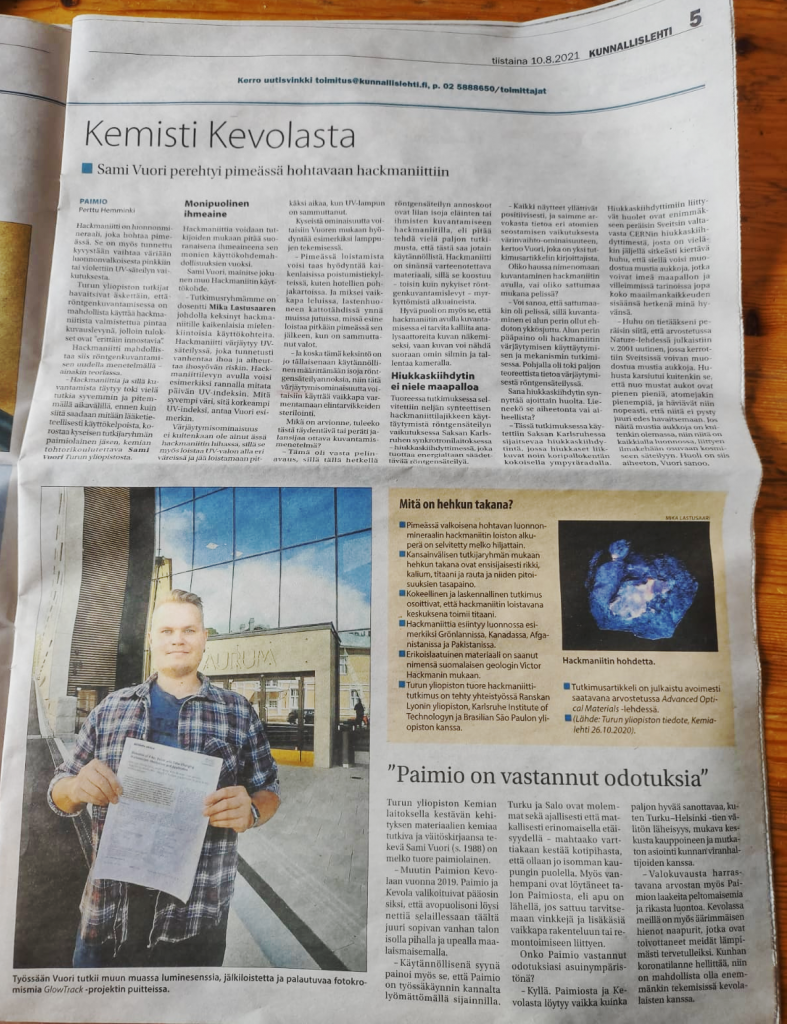
Sami’s article receives attention in newspapers and magazines
IMC group and our whole chemistry department has received attention from various newspapers and magazines with PhD student Sami Vuori‘s article (corresponding author Adjunct Professor Mika Lastusaari) that was recently published in Advanced Optical Materials: “Detection of X-Ray Doses with Color-Changing Hackmanites: Mechanism and Application“. In addition to showing a practical application, the article also reveals the mechanism of hackmanite’s coloration upon X-ray exposure, which has never been researched thoroughly before.
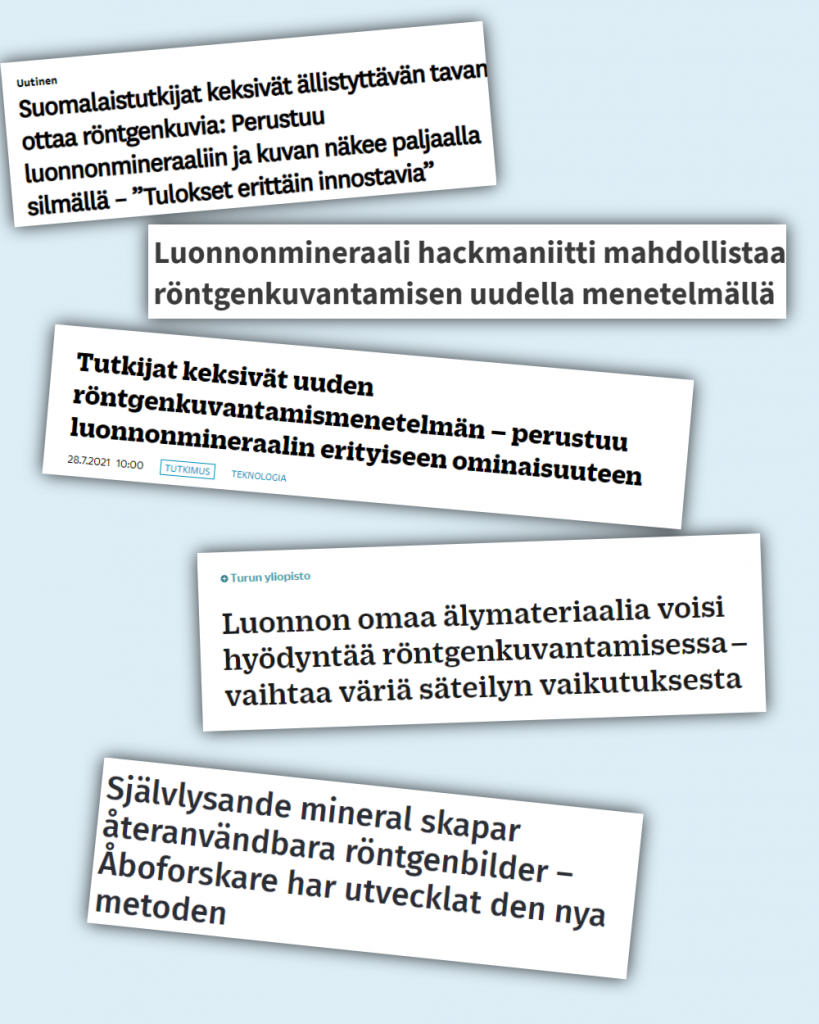
In the article, Sami imaged a dead body of an ant using a film with hackmanite powder on it. When the X-rays hit the film, the hackmanite colors from natural white to pink, and since the ant’s body attenuates X-rays, some photons are absorbed in it and won’t color the film. This is a simple method, which does not require any expensive analyzers since one can see the result directly.
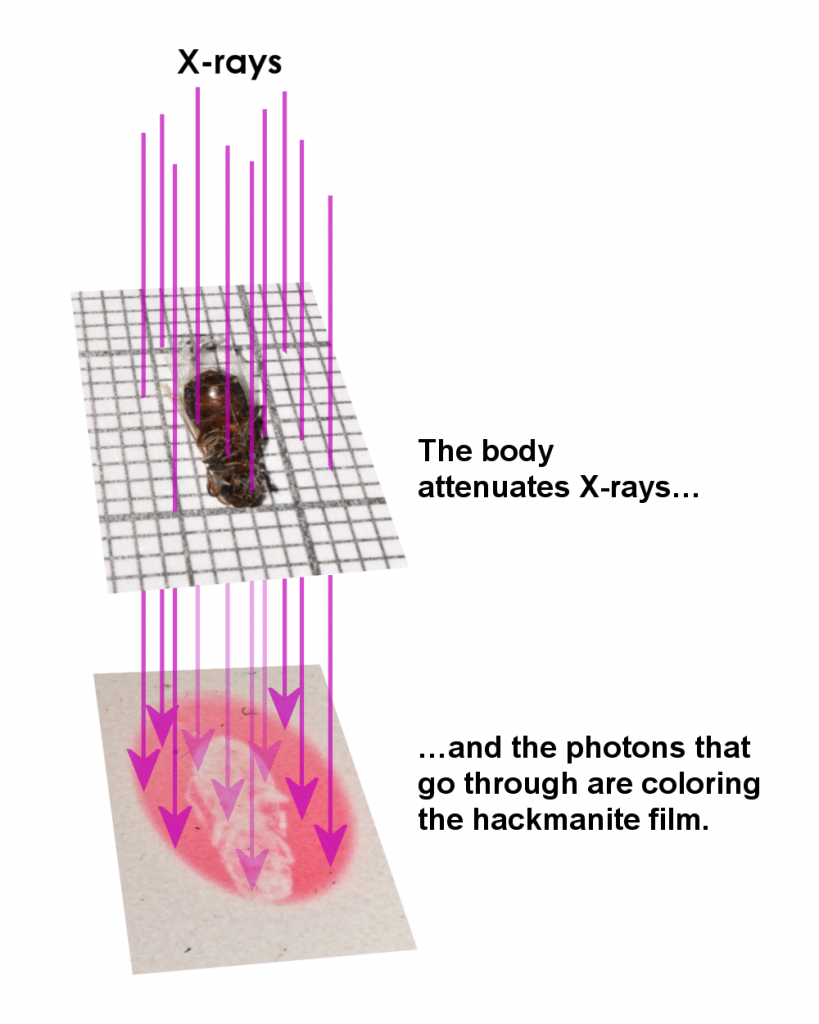
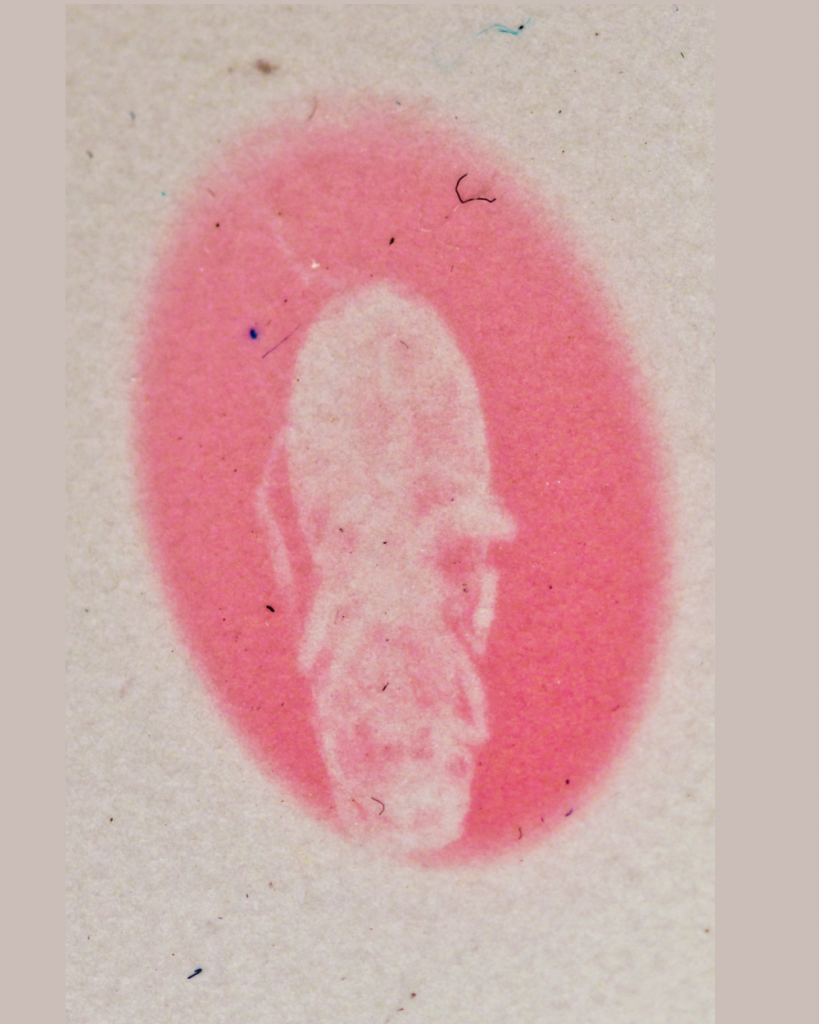
The article was an international joint effort consisting of researchers from the University of Turku (PhD student Sami Vuori, Adjunct Professor Mika Lastusaari, Dr. Isabella Norrbo, Professor Petriina Paturi, Professor Timo Saarinen and University Teacher Heikki Palonen), University of São Paulo in Brazil (Dr. Lucas C. V. Rodrigues), Karlsruhe Institute of Technology (Dr. Jörg Göttlicher and Dr. Ralph Steininger) and University of Lyon (PhD student Pauline Colinet, Assistant Professor Tangui Le Bahers).
Midsummer greetings!
We wish you a nice, relaxing Midsummer 2021!
Diploma and sweets received!

Although this recognition is from last year, yesterday we received this great diploma and the sweets that came with it! Our whole group would like to thank all those who chose us to receive such a tribute. Science is teamwork!
Pasi and Anssi make the cover picture for Dalton Transactions!
Several years’ worth of active efforts to understand vanadium-catalyzed catechol oxidase mimetic chemistry have finally paid off in full. In our most recent paper, entitled “Vanadium aminophenolates in catechol oxidation: conformity with Finke’s common catalyst hypothesis“, published in the RSC journal Dalton Transactions, and representing the pinnacle of these studies, we have been able to link vanadium-catalyzed catechol oxidase and catechol dioxygenase mimetic studies for the first time. The paper will make a great addition to Pasi’s PhD thesis, especially since the following study gives a nice closure to work already started at the MSc level!
The article, which can be found at doi: 10.1039/d1dt00419k, was so well received by the reviewers and editors, that it was not only added to the HOT article collection at Dalton Transactions, but also granted a place at the Front Cover of the current issue!
Cover art: Pasi Salonen & Anssi Peuronen
Happy International Workers’ Day 2021!
We are proud to present our silly greeting video that hopefully tunes you into celebrating the International Workers’ Day 2021! Hauskaa vappua!

